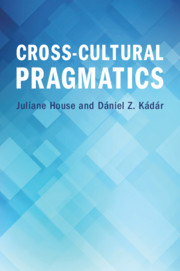Structural priming is the phenomenon that speakers tend to re-use structures they have recently comprehended or produced themselves. Most studies on this topic are experimental and looked at within-language priming. However, there are now also many observational studies, a development that is inextricably related to new/larger corpora, new statistical methodologies, and new theoretical ideas. Second, there is a growing body of research on cross-linguistic structural priming, though mostly experimental. These developments lead to a new potential research avenue: cross-linguistic priming on the basis of observational data. Here, we will first summarize some fundamental studies of cross-linguistic priming, and then trace the historical development of observational studies of structural priming to showcase how statistical and theoretical developments have shaped research on priming in general and discuss what such observational priming research has offered to within-language priming research. We end with a discussion of how this research can inform cross-linguistic priming.
